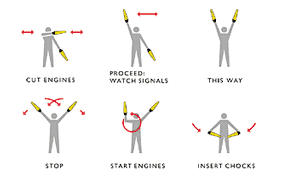Apr 27 2022
Flow
In his latest post on AllAboutLean, Christoph Roser compares the flow of materials in a factory with the flow of traffic on roads. About flow, he asks “But what is it?” but stops short of giving an answer. I also wrote many posts about flow without ever bothering to answer that question. It seemed so obvious and self-explanatory that it didn’t require defining but, perhaps, it does.






Jun 12 2022
Perspectives On Probability In Operations
The spirited discussions on LinkedIn about whether probabilities are relative frequencies or quantifications of beliefs are guaranteed to baffle practitioners. They come up in threads about manufacturing quality, supply-chain management, and public health, and do not generate much light. Their participants trade barbs without much civility, and without actually exchanging on substance.
The latest one, by Alexander von Felbert, is among the more thoughtful, and therefore unlikely to inspire rants. I do, however, fault it with using words like “aleatory” or “epistemic” that I don’t think are helpful. I am trying to discuss it here in everyday language, and to apply the concepts to numerically specific cases, with an eye to operations.
While there are genuinely great and not-so-great ideas, the root of the most violent disagreements is elsewhere, with individuals generalizing from different experience bases. You may map probability to reality differently depending on whether you are developing drugs in the pharmaceutical industry, enhancing yield in a semiconductor process, or driving down dppms in auto parts. The math doesn’t care as long as you follow its rules, and it doesn’t invalidate other interpretations.
Contents
Share this:
Like this:
By Michel Baudin • Data science 0 • Tags: Bayesian Statistics, data science, Probability, statistics